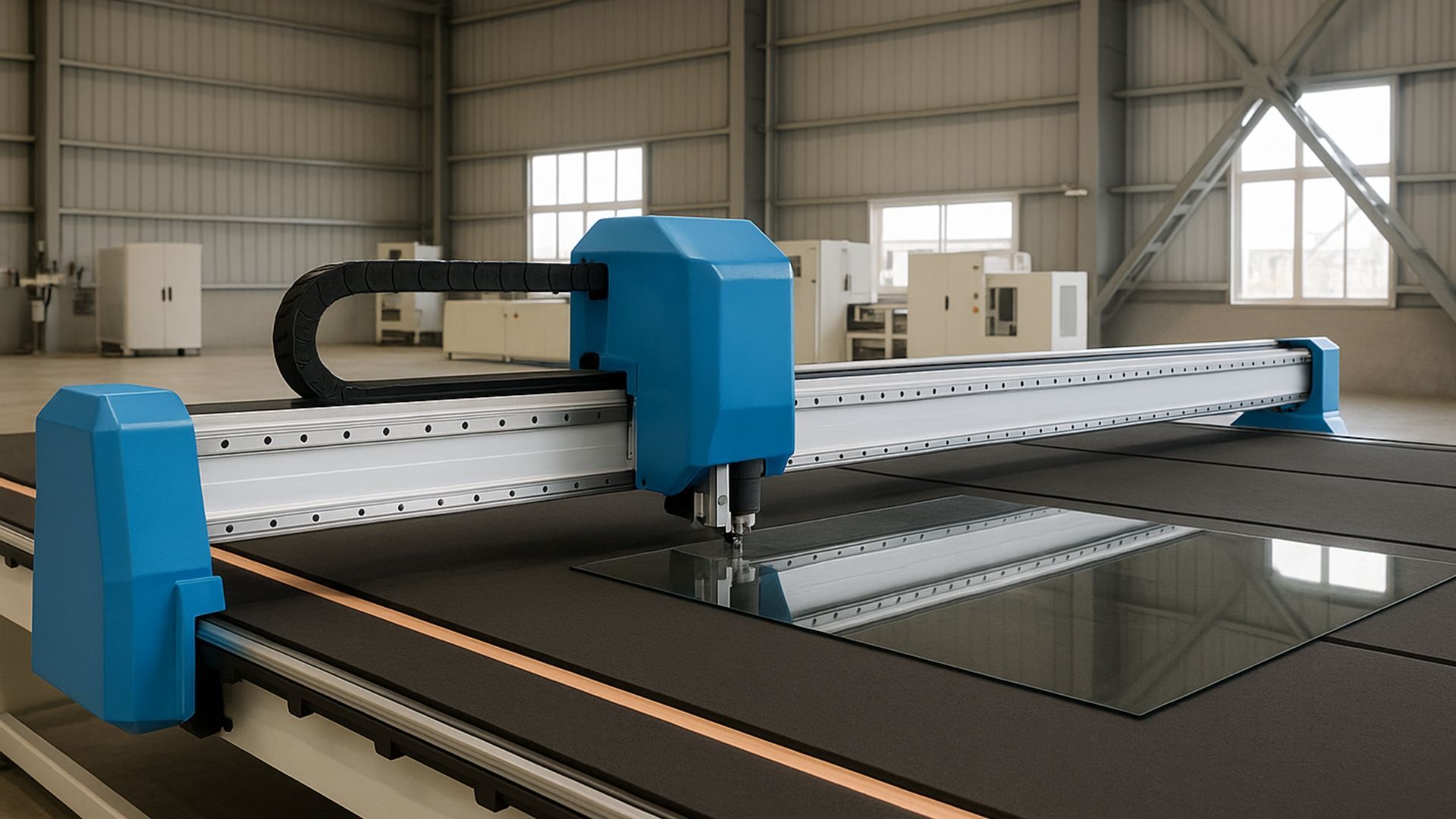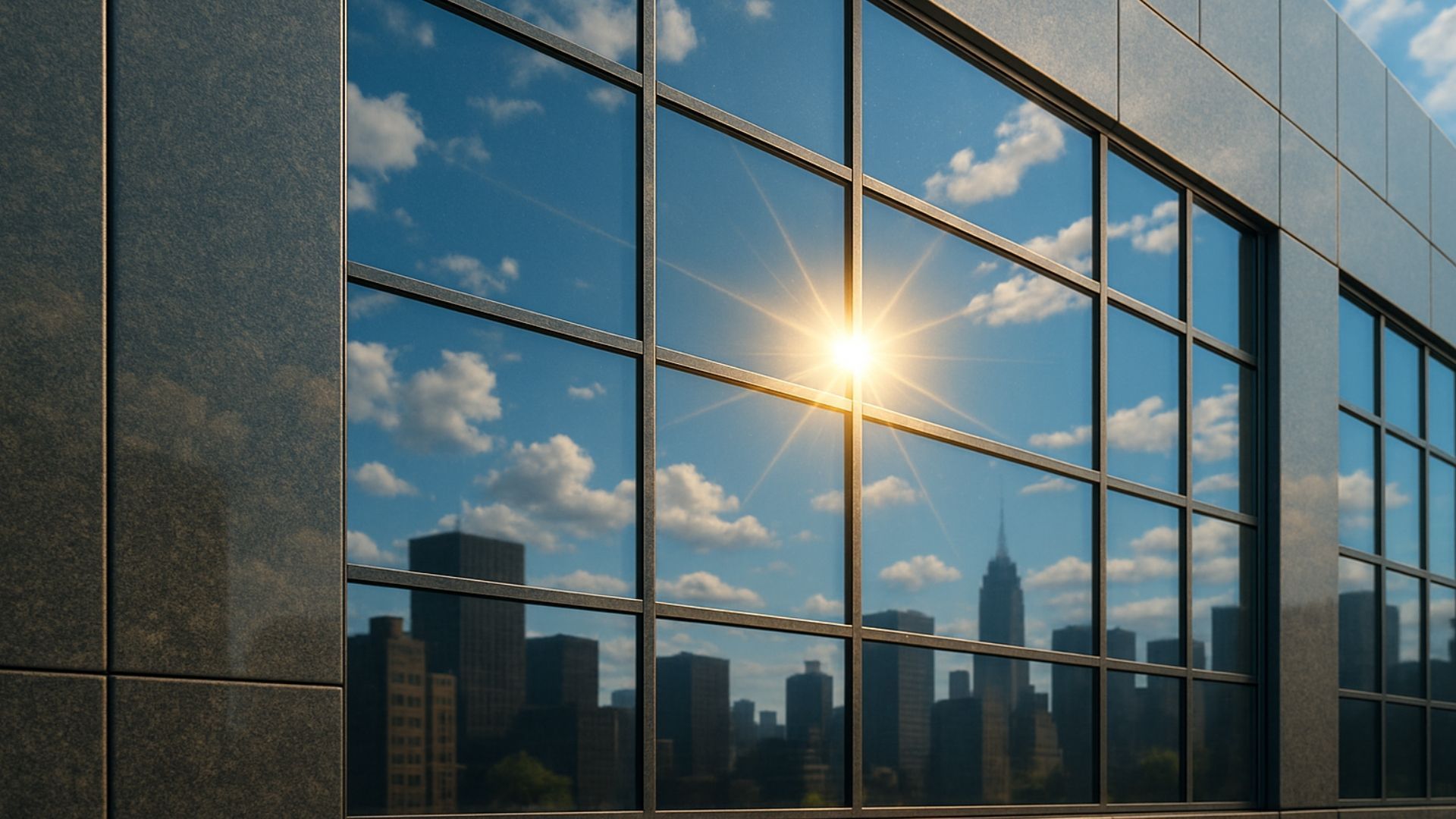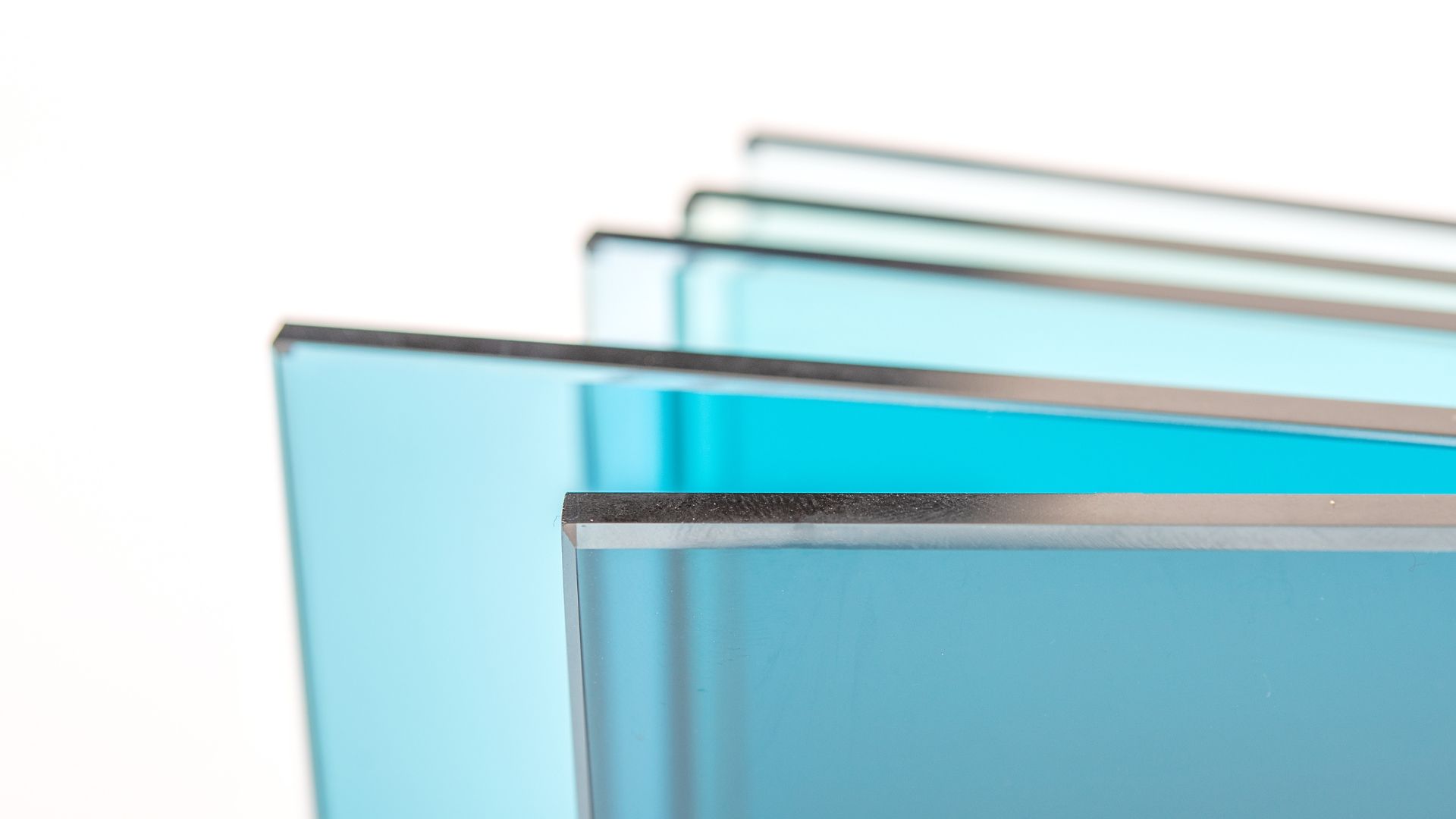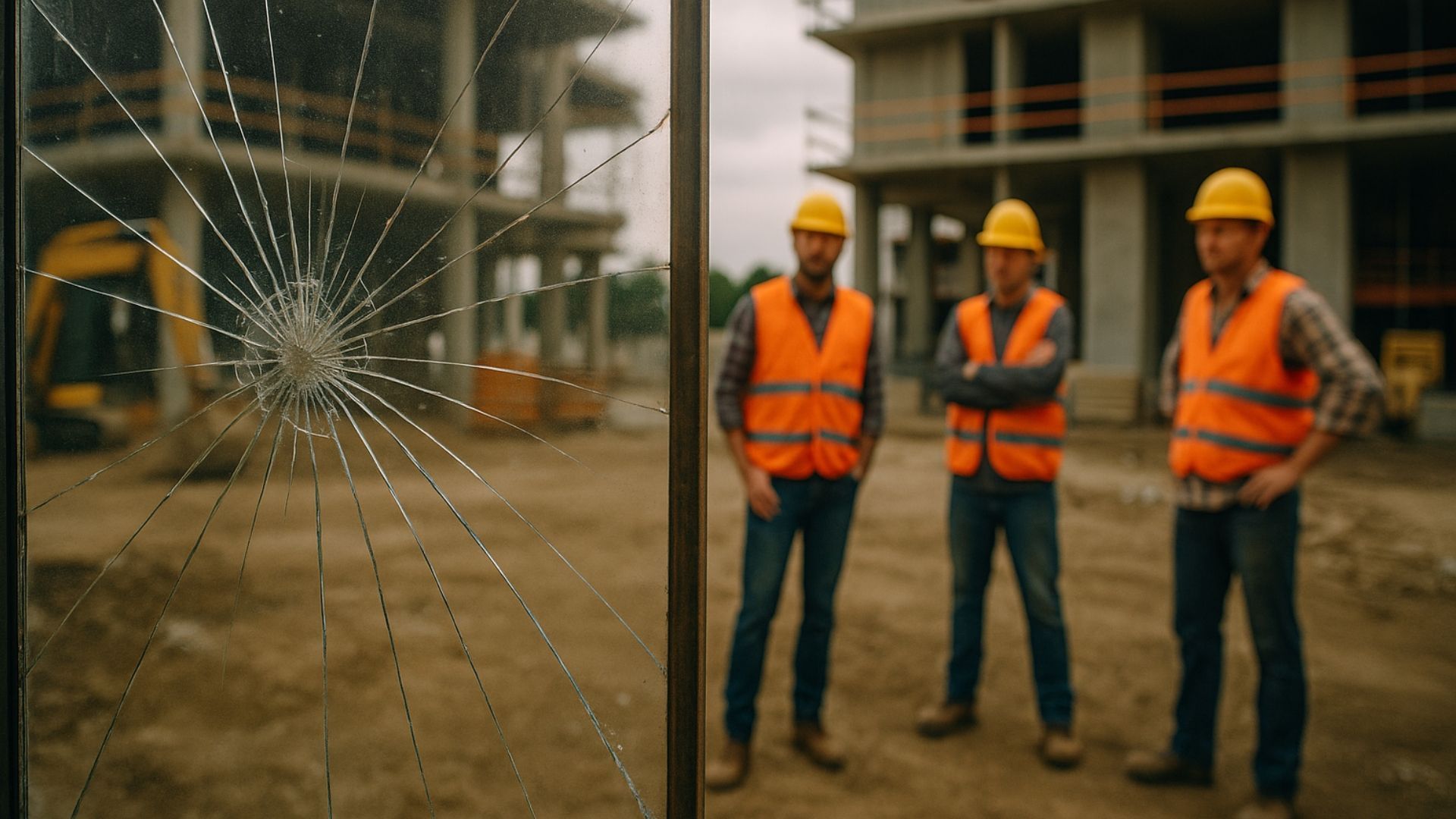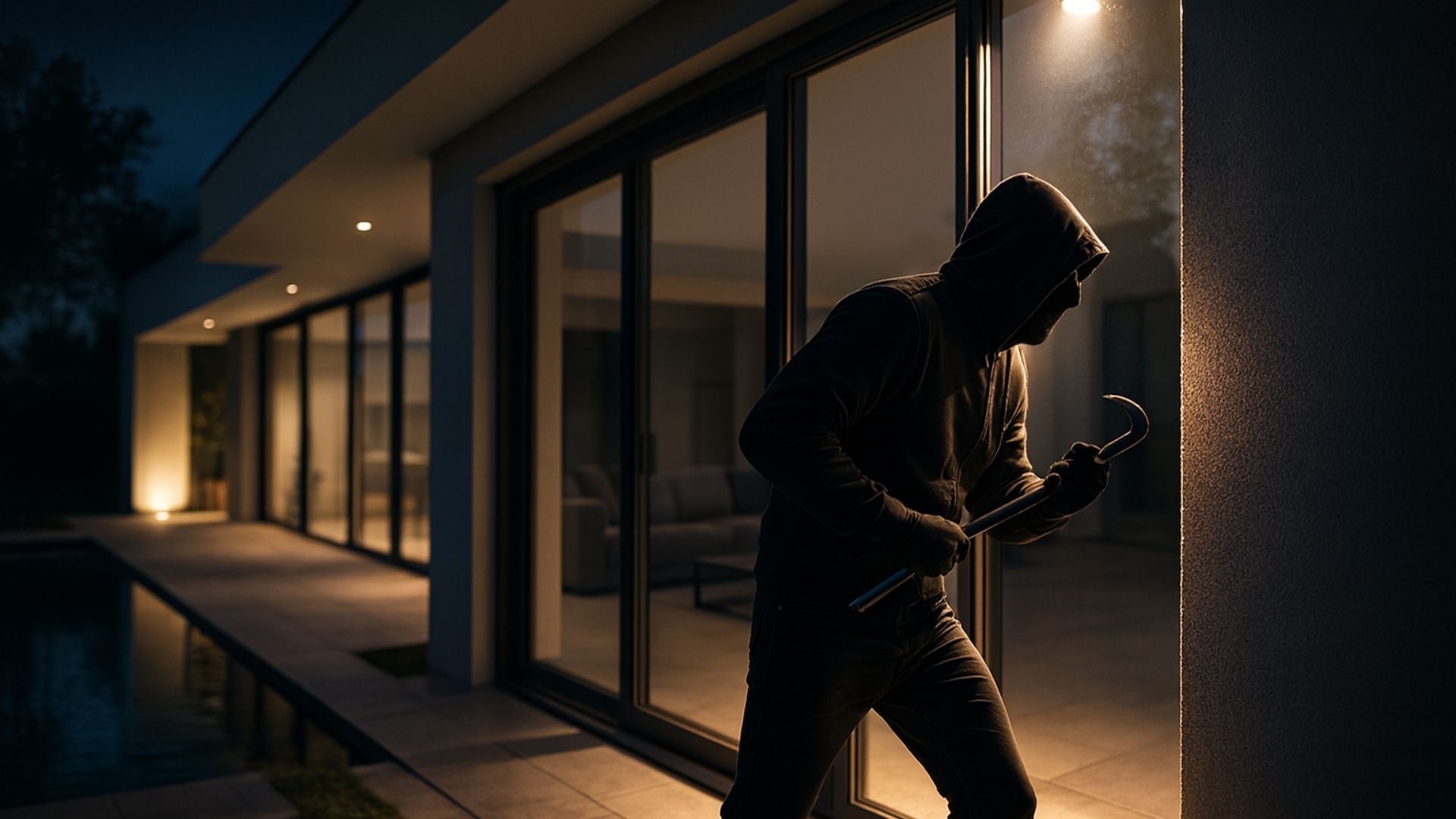How glass can support accessibility
Share this blog:
Accessibility is a growing concern in building design. Discover the pivotal role glass can play in making spaces more accessible.
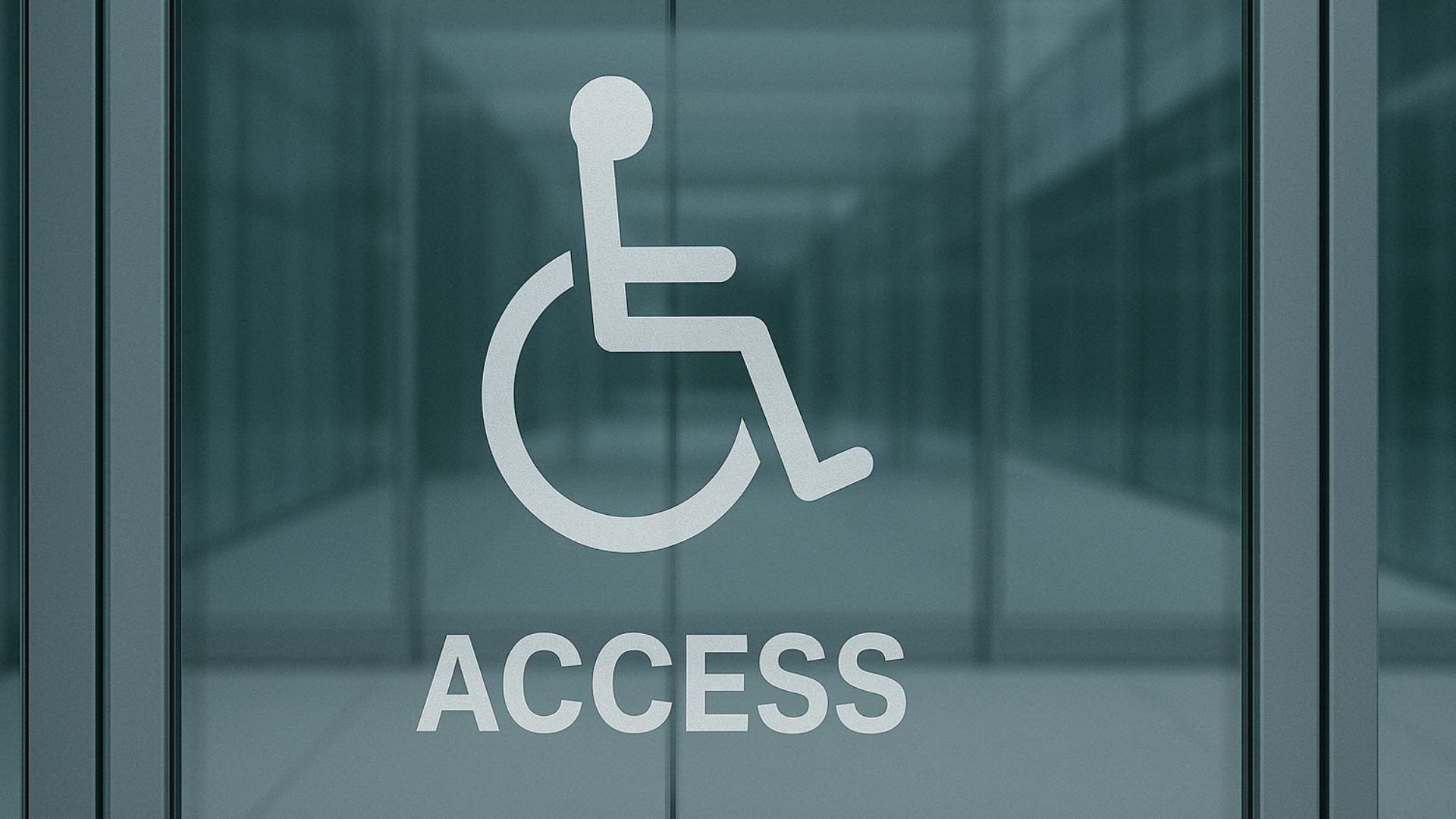
Whatever your feelings about the present day, it's hard to deny that we live in a time when accessibility to buildings is at an all-time high.
Yes, there's progress to be made. But compared to even 20 years ago, commercial and residential buildings boast a high level of accessibility.
This is partly, of course, because of legislation and compliance. Standards need to be met before a building project gets the go-ahead.
But it's not just about ticking boxes. It's also about showing care and thoughtfulness towards the full range of people who might visit your building. This demonstrates a commitment to inclusiveness that can pull a team together.
Accessibility is no one thing. As with sustainability, it's a bundle of tools, techniques and features that add up to an accessible building.
Glass isn't crucial to all of these. But it can play a big part in making a building accessible. Here's how.
Enhanced visibility
Transparent walls, partitions and bannisters are often praised for their aesthetic qualities. But did you know they can also help a building become more accessible?
This is partly because people with visual impairments may find navigation difficult. By installing glass walls and bannisters, the space becomes easier to navigate – especially when combined with high-contrast visibility markings.
Put simply, the further you can see, the easier it is to orient yourself. For some disabilities, this can make a huge difference to the experience of using a building. What's more, it helps reduce the chances of accidents. The aesthetic appeal is just the cherry on the cake.
Safety glass
Glass walls, partitions, bannisters and other architectural features are often made from toughened and laminated glass. This helps create a built environment that's safe for all to use.
Structural glass is manufactured for safety. Toughened glass is built to break safely – and once installed in a laminated unit, it maintains its structural integrity under impact, too.
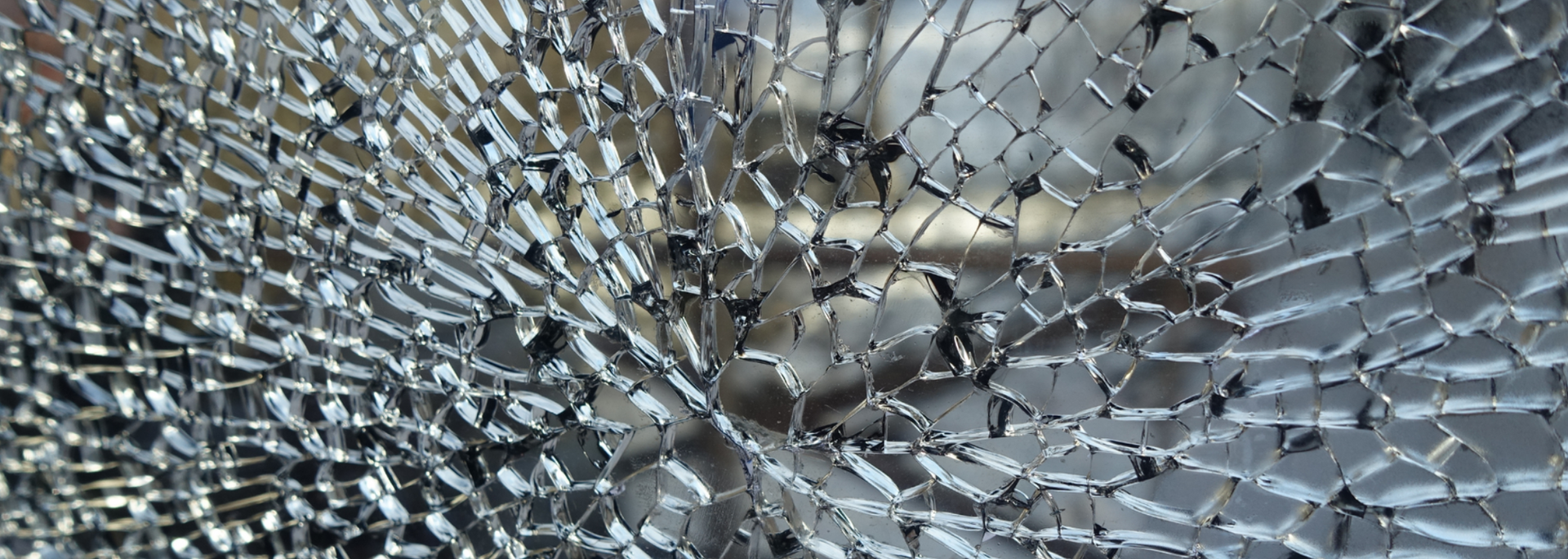
Safety glass alone won't make a building accessible. However, as part of a wider accessibility strategy, it can erect safe, sturdy barriers in an environment suitable for all.
Smart glass and voice control
Smart glass is one of the wonders of the modern world – yet one that flies surprisingly low beneath the radar. This is glass that can be changed from opaque to transparent at the touch of a button or the utterance of a voice command.
The fact you may not have heard of it could be because its applications have yet to be rolled out at scale. They remain, however, wide-ranging and remarkable.
Take the question of accessibility. Transparency can often make buildings more user-friendly. However, some people living with visual impairments or dyslexia can find it challenging.
Smart glass helps you bridge that divide. You get to have an open, light-filled environment that can be darkened or shaded to meet a person's accessibility needs.
Moreover, smart glass can be operated either by voice command or through a smartphone or other smart device app. This gives people options depending on their accessibility requirements.
Smart glass has other advantages. It shows that you're forward-thinking and committed to adopting new technologies. It allows you to have privacy in meeting rooms and other spaces on demand. And it also just, well, looks really good.
Fire-rated glass
Safety glass is designed to withstand impact. Fire-rated glass, by comparison, is there to protect you from fire, smoke and heat.
It's made in different ways. At ToughGlaze, our fire-rated glass units have a gel-like interlayer. When this reaches a certain point, it expands, retarding the spread of fire. This gives the building's occupants longer to evacuate – and the emergency services longer to arrive.
But did you know that fire-rated glass can also help make your building more accessible to people with both physical and cognitive disabilities?
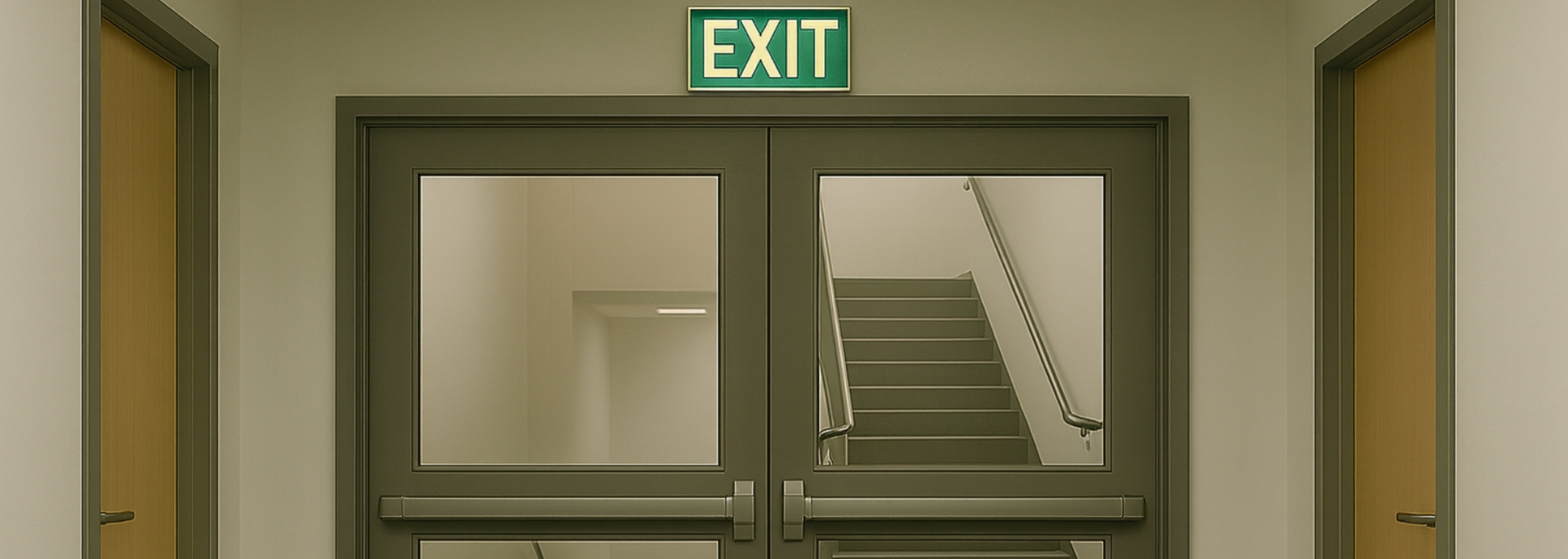
In the event of a fire, it can be difficult for people with disabilities to evacuate. Fire-rated glass improves the process by providing them with longer sight-lines. At a moment of stress, this can be invaluable.
And, of course, this navigation-enhancing quality doesn't come at the expense of fire resistance or safety more generally. The use of laminated glass means fire-rated doors are as good at improving accessibility as they are at stopping the spread of fires.
Natural light
Think "accessibility" and you may not think about natural light. Indeed, it's not, so far as we know, considered an aspect of accessibility in legislation or compliance documentation.
It is, however, an integral part of making a commercial or residential place feel welcoming. Some even argue it can improve staff mental health.
The findings aren't conclusive. But it seems undeniable that most people would rather work in a well-lit environment than a dingy one. Glass features like partitions, walls, bannisters and skylights can all help in this respect.
What legal requirements are there for accessibility?
In the UK, compliance regarding accessibility mainly centres on Part M of the Building Regulations 2010. This requires "reasonable provision" to be made for people with disabilities.
It covers features as wide-ranging as step-free access, corridor and doorway width, accessible bathrooms and clear signage. The Equality Act 2010 also requires businesses to make "reasonable adjustments" of these kinds.
Other relevant documentation includes BS EN 17210:2021 and, in some cases, the BS 8300 guidelines on inclusive design.
When working with a glass supplier, make sure they're clear about their adherence to the standards, guidelines and legislation that apply to you. This will maximise your chances of success in your construction project.
Are you looking for commercial glass solutions to improve your building's accessibility? As a trusted UK glass processor, we can cut, process and ship glass products to your exact requirements. Get in touch today for a quick, competitive quote or explore our product range online.

